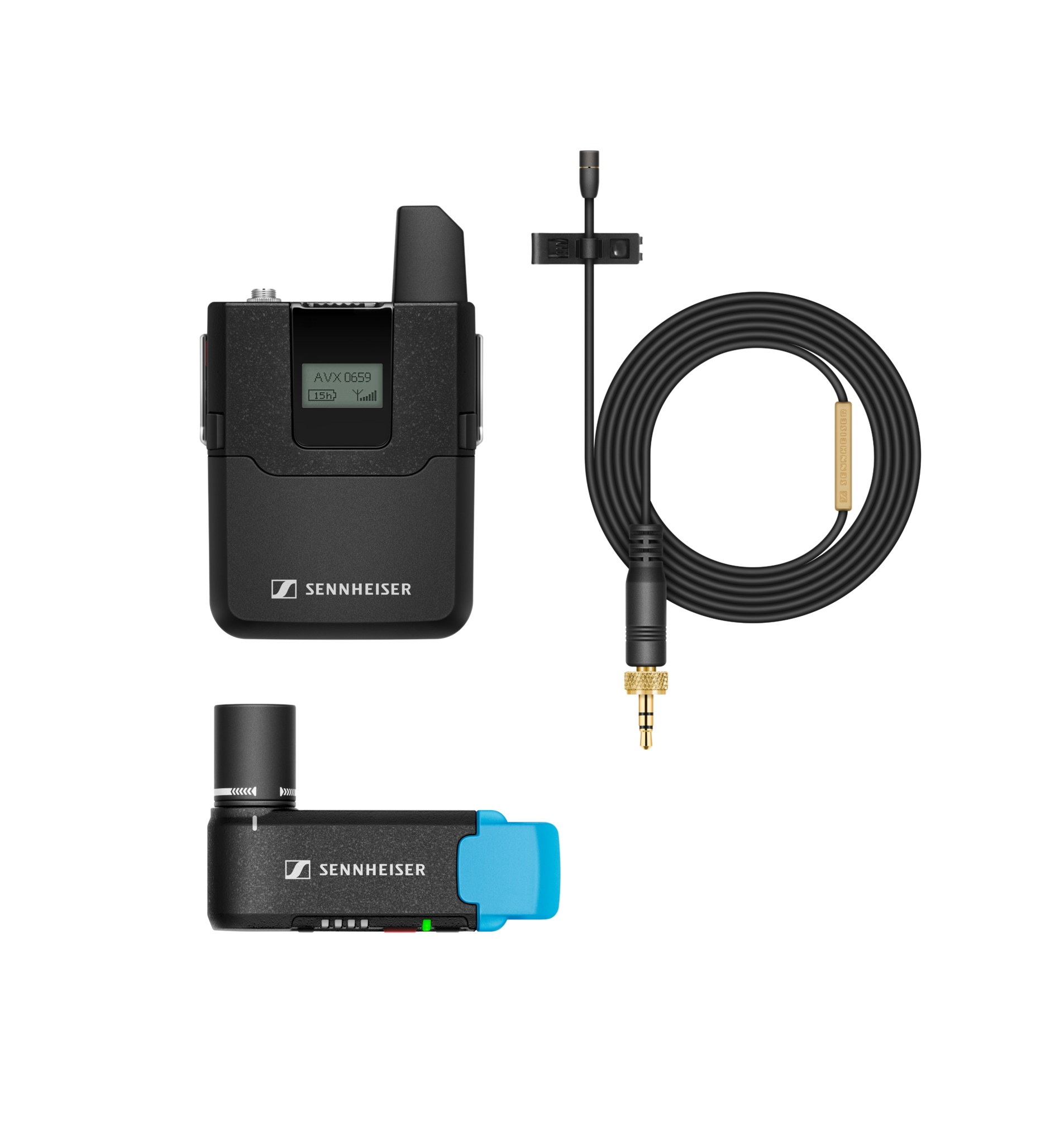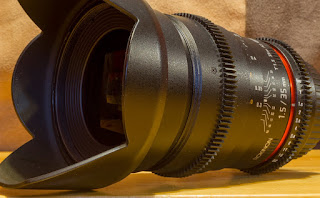Finding the right camera that strikes a balance between performance and
affordability can be a challenging task. For those seeking quality within a
budget, our list narrows down the options to mirrorless cameras priced under
$1,000, each meeting specific criteria to cater to the needs of videographers.
To earn a spot on our list, cameras were evaluated based on key features
such as a list price without discounts of less than $1,000 with an included
lens, interchangeable lenses, 4K video recording at a frame rate of at least 24
frames per second, and a dedicated microphone input. While each camera in this
range has its own set of tradeoffs, this guide aims to assist you in selecting
the one that aligns best with your unique videography requirements.
Let's delve into the details of some noteworthy contenders on our list,
examining their strengths, weaknesses, and standout features. Whether you
prioritize autofocus, low-light performance, or external recording options,
this guide provides valuable insights to help you make an informed decision for
your videography needs in 2024.
Sony A6400 with 16-50 mm Lens
The
Sony A6400, though the oldest model among our under-$1,000
selections, continues to deliver outstanding videography results in 2024.
Launched in February 2019, this camera boasts the ability to record 4K video at
30 frames per second without time constraints, though extended shooting may
trigger overheating concerns. Featuring an S-Log video mode for color grading,
the A6400 is constrained by its 8-bit 4:2:0 format for intense color grading.
While its 4K video bitrate peaks at 100 Mbps, the A6400 ensures sharp,
high-quality 4K video through oversampling, utilizing the entire sensor area
rather than cropping. Noteworthy is its exceptional autofocus functionality
within this price range.
On the flip side, the A6400 lacks image stabilization, resulting in shaky
handheld footage when compared to cameras with a combination of in-body and
optical image stabilization. Another drawback is the pronounced rolling shutter
effect during rapid panning and movement, more noticeable than its counterparts
in this category.
[BUY ON AMAZON]
Video Samples:
Fujifilm X-T30 II with XC15-45 mm Lens
The
Fujifilm X-T30 II emerges as a compelling mirrorless camera option under
$1,000, an upgraded iteration of its predecessor. With extended video recording
limits at 4K and 1080p, it captures video at 200 Mbps in 4:2:0 with 8-bit color
internally, extendable to 4:2:2 10-bit color using an external recorder via
HDMI output. However, this external recorder adds cost, potentially encroaching
into the budget of other cameras offering internal recording in this format.
The X-T30 II introduces slow-motion recording at 120 frames per second in
1080p, albeit with sensor cropping for improved performance. Notable features
include Log F recording mode for optimal color grading and improved autofocus
with AI-powered face and eye detection. Despite lacking in-body image
stabilization, optical stabilization options are available. Regrettably, the
X-T30 II is not the ideal choice for vlogging due to a non-articulating digital
display and limited lens options compared to rival platforms.
[BUY ON AMAZON]
Panasonic LUMIX G95 with 12-60 mm Lens
Praised as one of the best sub-$1,000 cameras for videographers, the
Panasonic Lumix G95 offers 4K video recording at 30 frames per second, presenting an 8-bit
color depth and 4:2:0 sampling internally. Notably, it supports 4:2:2 sampling
with an external video capture device. Boasting V-Log L mode for flexible color
grading, this camera distinguishes itself with unlimited recording time, making
it suitable for capturing prolonged performances and interviews, and doesn’t
seem to run into the same overheating issues as many others in this category.
Despite its strengths, the G95 lags behind competitors in autofocus
performance, occasionally encountering tracking issues during video recording.
A notable drawback is the use of cropping during video capture, limiting its
sensor area and resulting in a zoomed-in, cropped image, adversely affecting
low-light conditions and increasing noise in the video. While cropping aids in
reducing processing power usage and minimizing overheating risks, it deviates
from the approach of other manufacturers utilizing the entire sensor for 4K
video capture.
[BUY ON AMAZON]
Video Samples:
Canon EOS R50 with 18-45 mm Lens
As a recent addition to the sub-$1,000 mirrorless camera lineup, the
Canon EOS R50 distinguishes itself by employing the entire sensor width for 4K video,
delivering sharpness without a crop-effect. It features a 10-bit 4:2:2 color
mode high dynamic range mode, although a Log mode is absent. Renowned for its
autofocus capabilities, the EOS R50 utilizes AI-powered autofocus, particularly
effective for human subjects. However, its stated recording limit of 1 hour can
encounter overheating issues before reaching that threshold.
Similar to its peers, the EOS R50 lacks in-body image stabilization, posing
challenges for handheld video shots. With a compact design and a side-flipping
display, it emerges as a suitable option for vlogging, complemented by its
excellent autofocus. While initial lens availability was a concern, the
situation has improved over time, offering more choices for users within a
budget.
[BUY ON AMAZON]
Video Samples:
Things to Look For When Choosing a Videography Camera:
1. Video Recording Capabilities: Elevating your videography
requires a camera that excels in video recording capabilities. Look for
mirrorless cameras that boast the ability to shoot in 4K resolution, ensuring
your footage is not only crystal clear but also possesses the cinematic quality
essential for professional-looking videos. Aim for a minimum frame rate of 24
frames per second (fps) to guarantee smooth and visually appealing motion.
2. Recording Time Limitations and Overheating Considerations:
Delve into the recording time limitations imposed by different mirrorless
cameras, with special attention to overheating concerns. Especially if your
videography ventures involve events, interviews, or performances that demand
extended shooting durations, it's crucial to select a camera with generous or
unlimited recording time. Overheating can become a limiting factor during
prolonged sessions, impacting both the camera's performance and the continuity
of your recording. Understanding the camera's thermal management capabilities
is essential to ensuring seamless recording without interruptions during
critical moments.
3. Bitrate and Color Depth: The quality of your video
footage is significantly influenced by the bitrate and color depth of your
chosen camera. Opt for a camera with higher bitrates, such as 100 Mbps or more,
to capture intricate details and manage motion with finesse. Additionally, a
broader color depth, such as 10-bit, provides more room for post-production
color grading, enhancing the overall visual allure of your videos.
4. Autofocus Performance: Achieving smooth and reliable
autofocus is paramount for capturing dynamic video content. Look for mirrorless
cameras equipped with advanced autofocus features, including robust face and
eye detection capabilities. This ensures that your subjects remain sharply
focused, even in challenging shooting conditions, delivering
professional-quality videos.
5. Image Stabilization: Effective stabilization is a
cornerstone for shooting handheld video footage. While some mirrorless cameras
offer in-body image stabilization (IBIS), others rely on optical stabilization
present in specific lenses. Consider your shooting style and choose a camera
with stabilization features that align with your needs, minimizing shaky
footage and enhancing overall video quality.
6. Low-Light Performance: Videography often involves
shooting in diverse lighting conditions. A mirrorless camera with exceptional
low-light performance ensures that you can capture clear and detailed footage,
even in challenging environments. Look for cameras with larger sensor sizes, as
this generally enhances sensitivity in low-light situations.
7. External Recording Options: For seasoned videographers
seeking advanced capabilities, the ability to record externally in higher
bitrates or different formats is crucial. Check if the camera has an HDMI
output for external recording and whether it supports advanced recording formats
like 4:2:2 10-bit color. These features provide additional flexibility in
post-production and advanced videography techniques.
8. Display and Articulation: Consider the camera's display
features, including articulation. A fully articulating screen is advantageous
for vlogging and capturing creative angles. Ensure that the display is bright
and clear for easy framing and composition, particularly when shooting
outdoors. A well-designed display contributes to a more intuitive and enjoyable
videography experience.
9. Rolling Shutter Effect: The rolling shutter effect can
be a potential concern, causing distortion during fast motion or panning.
Choose cameras with minimized rolling shutter effects to ensure smooth video
capture without unwanted artifacts, preserving the integrity of your footage.
10. Lens Compatibility and Availability: Explore the lens
ecosystem of your chosen camera system, considering both compatibility and
availability within your budget. A diverse array of lenses suitable for
videography, offering various focal lengths and features, provides you with the
flexibility to expand your creative options over time. Ensure that the camera
system you select has a robust and evolving lens lineup.
Which of the following cameras is your favorite in the less than $1,000 range? Let us known in the comments.




















